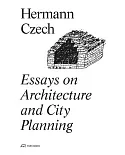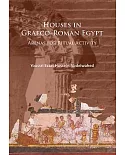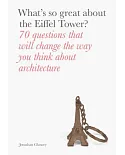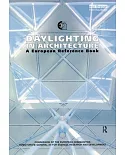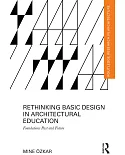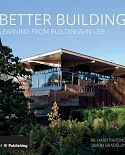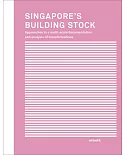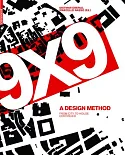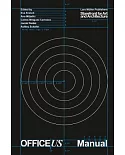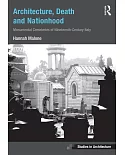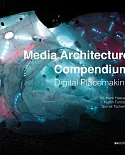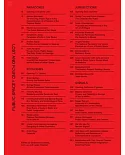In Nothing Less than Literal, Mark Linder shows how minimalist art of the 1960s was infiltrated by architecture, resulting in a reconfiguration of the disciplines of both art and
architecture. Linder traces the exchange of concepts and techniques between architecture and art through a reading of the work of critics Clement Greenberg, Colin Rowe, Michael Fried, and the
artist-writer Robert Smithson, and then locates a recuperation of "the architecture of minimalism" in the contemporary work of John Hejduk and Frank Gehry.
"Literal" was not only a term used by Fried to attack minimalism; it was a key term for Greenberg as well, and in both cases their use of that term coincides with discussions of the
architectural qualities of art. Linder gives us the first thorough examination of the role that architectural concepts, techniques of representation, and practices played in the emergence of
minimalism. Beginning with a comparison of the "postcubist" writings of Clement Greenberg and Colin Rowe, he reveals surprising affinities in their critical formulations of pictorialism --
including the use by both of an analogy between cubist collage and architectural space. This is followed by an account of the sharp differences between Michael Fried and Robert Smithson; Linder
contrasts the sublimation of space and refusal of architecture in Fried's concept of the "radically abstract" with Smithson's explicit embrace of architectural thinking and his complex concepts
of space. Finally, Linder looks at particular instances in the work of two architects who, through collaboration with artists, engaged the legacy of literalism -- John Hejduk's Wall House and
Frank Gehry's decade-long fascination with the figure of the fish. Linder shows how the "productive impropriety" of transdisciplinary borrowing in the discourses surrounding minimalism serves
as a counterexample to the prevalent perception of "disciplines" as conservative and institutionalizing.


